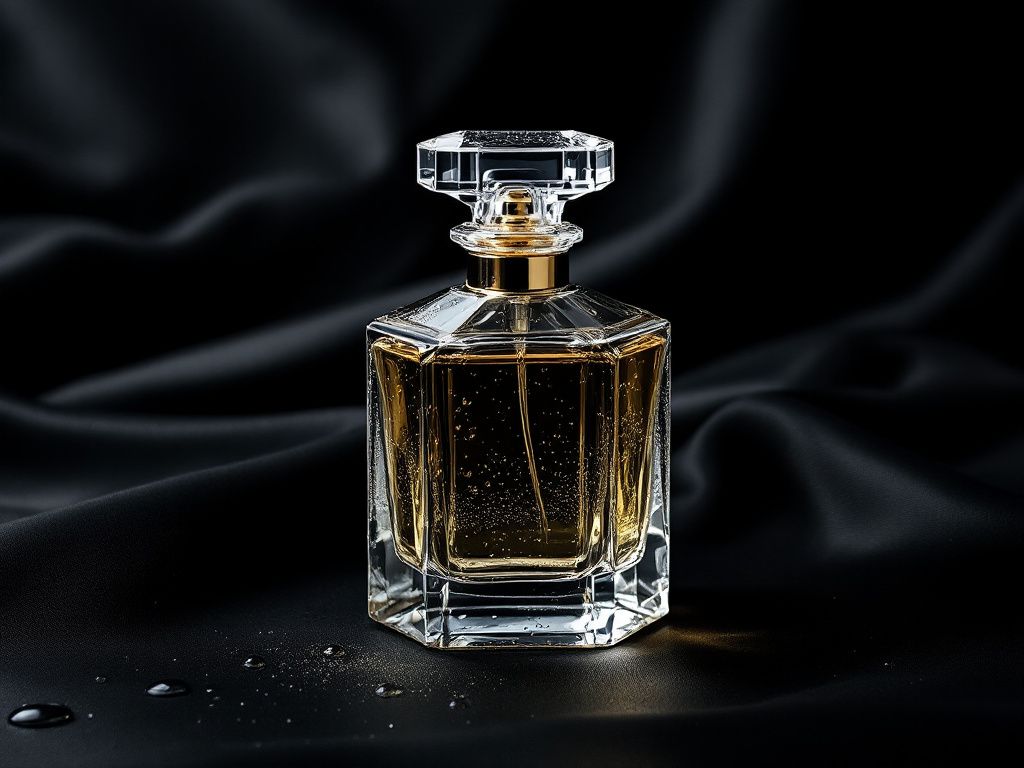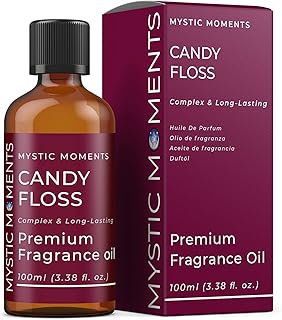Ever found yourself engrossed in sniffing cologne testers at a department store and wondered, “How do they make cologne?” Yeah, I’ve been there too. The process probably seems like some high-class magic trick or a recipe shrouded in mystery. But in reality, making cologne is a fascinating blend of science, art, and a touch of intrigue. Let’s dive into that world together and unravel how your favorite fragrances come to life.
Table of Contents
ToggleThe Alluring Essence of Fragrance
Before we jump right into how cologne is made, we have to set the scene with a quick chat about what cologne actually is. At its heart, cologne is a blend of aromatic compounds—lovely scent notes mixed in just the right way. It’s an artistic craft that combines these various ingredients together to create something that can express mood, personality, and, let’s be honest, sometimes just good taste.
Colognes are all about evaporating smells, transporting you to relaxed vacation beaches or snow-topped mountain retreats in winter. If you’ve ever asked yourself why a particular scent whisks you away to a different time or place, it’s because fragrances tap into memories and emotions stronger than anything else. This concept is what fuels perfumers as they delve into making cologne. But hey, let’s not get ahead of ourselves.
From Nose to Bottle: The Basics of Cologne Creation
So how do they make cologne, huh? The creation starts way before the little bottle ends up gleaming on a store shelf. Crafting cologne is like composing a symphony—a bunch of individual scent notes come together to create a harmonious blend that wafts its way to your senses.
Gathering Ingredients: The Symphony Starts
Anybody who’s tried cooking knows you’ve got to have your ingredients ready before whipping anything up, right? Making cologne is no different. Perfumers start by selecting the raw materials. These could be natural essential oils extracted from flowers, spices, fruits, wood, and other botanicals, or synthetic fragrances created in a lab that are completely safe and allow for wider scent creation without depending on resource-hogging natural materials.

- Essential Oils: Think lavender, rose, or sandalwood – these are natural sources.
- Synthetic Fragrances: These aren’t “bad guys”; many are hypoallergenic and used for sustainability.
The Scent Pyramid: Establishing the Note Structure
Here’s where the composer’s mind kicks into gear. The structure of a cologne is generally composed of three layers of notes: top, middle, and base. These layers help to unfold the scent over a period of time when you spray it.
- Top Notes: These are the first to hit your nose but also the quickest to fade—citrusy scents or light spices.
- Middle Notes (Heart Notes): Follow once the top notes evaporate, providing the core of the cologne—floral or fruity scents like jasmine or geranium.
- Base Notes: They linger the longest, providing depth—think musk, vanilla, or amber.
If cologne were an outfit, the top notes are what you notice first, while the base notes are like those comfy sweatpants that keep their scent after everything else has gone. Knowing how these notes interact is critical when crafting a cologne.
The Art of Blending: Mixing the Magic
This step is where everything starts to come together, literally. A seasoned perfumer or “nose” will blend exact ratios of essential oils and aromatic chemicals based on their artistic instinct—sometimes exercising trial and error to get the right proportions. It’s more art than hard science; kudos if you do have the perfect touch here.
Perfumers will create dozens, if not hundreds, of smell samples until the masterpiece emerges. Precision matters; a few extra drops of one essential oil can throw the whole balance off. It’s like adding too much salt in your food – yikes!
From Mix to Mass: The Commercial Journey
Alright, now what happens once that ideal scent is locked in? Most likely, it’s gonna need to be produced on a larger scale for wider market consumption. Hold your horses – there is still a lot to go through.
Dilution: Finding that Balance

Cologne typically involves diluting essential oils with alcohol and some water. The alcohol doesn’t just act as a filler; it helps the scent notes release into the air so you can actually smell them. Weirdly enough, alcohol acts like a perfect companion to cologne—boosting how well you can smell those scent notes.
Aging: Letting it Mature
Once blended, a critical yet often skipped step is allowing the mixture to age. This maturation is like letting wine breathe—it enhances the character of the cologne. It requires some patience, okay?
- Shorter Aging: Some colognes are ready in a few weeks.
- Longer Maturation: Others can take months or longer to reach max deliciousness.
This stage allows the fragrance to become more rounded and can add depth that a fresh mix simply lacks.
Finalizing the Brew
Finally, the matured cologne is carefully filtered and purified. This ensures clarity when it’s poured into its elegant little bottle, ready to stand proud on your dresser. Each final product undergoes strict quality assessments to ensure that every spritz is as crisp and precise as intended.
Making Cologne at Home: A Fun DIY Venture
Hey, nothing can replace the real thing coming from a professional perfumer’s lab, but creating your own cologne can be one satisfying hobby. And yeah, you could actually impress some folks with a custom scent!

Ingredients Needed
Here’s a shortlist if you’re intrigued to make something yourself:
- Essential Oils: Choose a couple from each scent category—top, heart, and base notes.
- Alcohol: High-proof vodka or perfumer’s alcohol works well.
- Glass Bottles: To mix and store your creations.
- Pipettes: For precision, because eyeballing isn’t exactly recommended here.
- 5. **Ingredients Mix: 70-80% Alcohol, 10-20% Water, and 5-10% Essential Oils.
Steps to Greatness
- Blend Your Scent: Start with base notes, add heart, and top it with, well, top notes. Go slow and small to get what you like.
- Ally With Alcohol: Add the mix to alcohol in your chosen ration stead for achievement.
- Bring Some Patience Along: Store in a dark place for a couple of weeks to let age and meld.
- Final Touch Up: Give it a shake every now and then, and smell it sometimes to track progress.
- 5. **Livelier Ending: If you’re satisfied, filter a couple of times, then it’s ready!
The Sneaky DIY Advantage
The secret sauce here? Control. You have total creative freedom to tweak the vibe until you hit jackpot scent gold. Besides, it’s kind of awesome to tell someone you’re literally wearing your own concoction.
Wrapping Up the Scent Journey
So, how do they make cologne? Yeah, it’s not rocket science, but it is quite the intricate process. From that artistic blending of fragrant oils to patiently letting those blends age, you’re witnessing the making of something truly exceptional. By the end of it, each bottle holds a story stitched with imagination, expertise, and a dash of chemistry.
Next time you spritz on your favorite cologne, take a moment to sniff a little extra-thoughtful – I mean, there’s an entire creative journey behind what you’re wearing. Maybe you’ll even catch the urge to try making a small batch yourself, channeling your inner perfumer. Whether you stick with the pros or venture out DIY-style, just remember—every cologne starts with a simple question, and now, you’ve got a journey’s worth of answer.
Frequently Asked Questions
What are the benefits of using a hair mask in my hair care routine?
Using a hair mask can provide several benefits, including hydration, smoothing, strengthening, curl definition, heat protection, and damage repair. Hair masks infuse the hair with moisture, help coat the hair shaft to seal split ends, reduce breakage, and protect the hair from heat styling and environmental damage[1][4].
What ingredients should I look for in a hair mask?
Effective hair masks often include ingredients such as coconut oil, argan oil, shea butter, honey, avocado oil, green tea, and coconut water. These ingredients provide nourishment, moisturize, and protect the hair, offering benefits like softening, moisturizing, and protecting against damage[2][5].
How often should I use a hair mask in my routine?
You should use a hair mask whenever your hair feels dry, unmanageable, or in need of intense hydration. This can vary depending on your hair type and needs, but generally, using a hair mask once or twice a week can help maintain healthy and moisturized hair[1][4].
How do I apply a hair mask for the best results?
To apply a hair mask effectively, shampoo your hair first, then apply the mask, focusing especially on the ends where hair tends to be the most damaged. Leave the mask on for anywhere from 10 minutes to overnight, depending on the type of mask and your hair’s needs[1][4].
References







